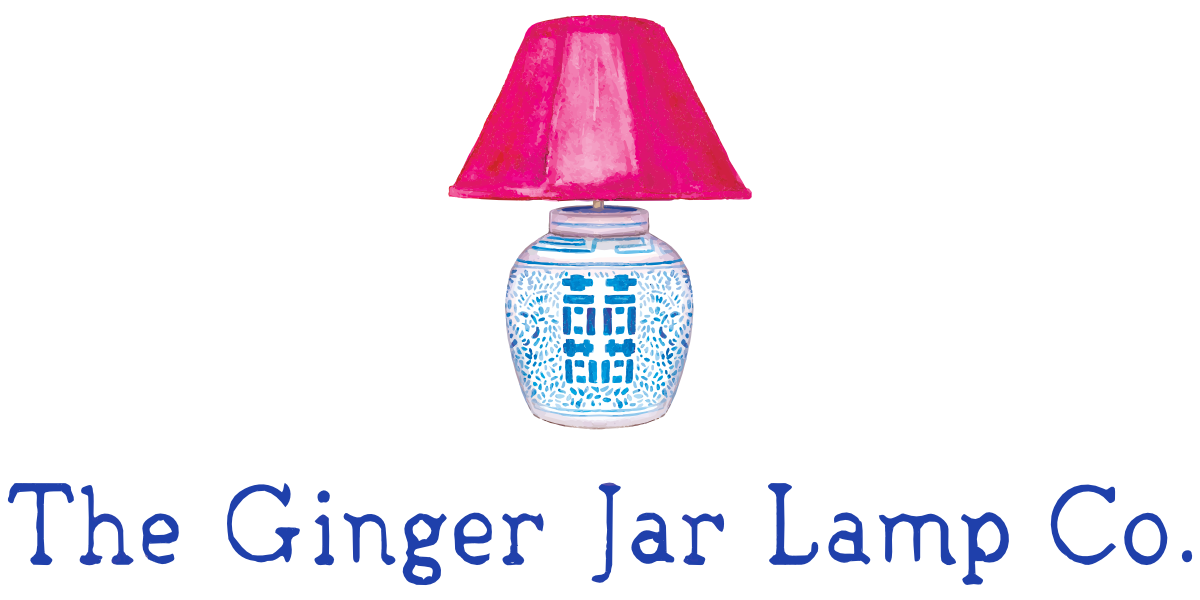Understanding the differences: an introduction to Chinese Ceramic Vessels
Chinese ceramic vessels are celebrated worldwide for their exquisite craftsmanship, rich history, & timeless beauty. Among the most popular types are ginger jars, temple jars, and a variety of other ceramic pieces. Each type has distinct characteristics & unique uses that set them apart.
These vessels are not merely functional items but are also treasured for their decorative appeal & cultural significance. Understanding the nuances between their many different types can enhance appreciation for these works of art.
Characteristics of Ginger Jars
Ginger Jars, originally used to store spices such as ginger, are characterised by their rounded shape and wide shoulders. Typically, these jars feature a high-domed lid that sits snugly on top.
They are often adorned with intricate designs, including floral motifs, landscapes & traditional Chinese symbols, usually in the classic blue & white finish.
Their design emphasises both functionality & aesthetic beauty. Their rounded shape & detailed artwork make them versatile decorative pieces that can complement various interior styles.
Whether used as vases, storage jars, or standalone decor items, Ginger Jars bring a touch of elegance & history to their surroundings.
Spot the difference: the Temple Jar
Temple Jars, also known as Altar Jars, were originally used in Chinese temples for ceremonial purposes. They are typically taller & more elongated compared to Ginger Jars, with a distinctively flared base & a pointed lid. The design of temple jars is often more ornate, reflecting their religious & ceremonial significance.
They often feature intricate patterns & symbolic motifs, such as dragons, phoenixes, & other mythical creatures. These jars are designed to make a striking visual impact, whether displayed on their own or as part of a collection. Their height & detailed design make them ideal for use as statement pieces.
The variety of Chinese vases
Chinese vases come in a variety of shapes & sizes, each with its unique design & purpose. Some of the most well-known types include the Meiping vase, with its elegant, narrow neck & wide body, and the Baluster vase, recognised for its bulbous form & flared rim. These vases are often decorated with intricate patterns & scenes from Chinese folklore, making them highly collectible.
Other Chinese jars and pots
In addition to Ginger & Temple jars, Chinese ceramics include a range of other jars and pots, such as wine jars, water pots & food storage containers.
Each type has distinct features tailored to its specific use, often with practical designs that also incorporate decorative elements.
These pieces reflect the daily life & cultural practices of ancient China, adding historical depth to their aesthetic appeal.
Appreciating the nuances
Understanding the differences between Ginger Jars, Temple Jars, and other Chinese ceramic vessels allows collectors & enthusiasts to appreciate the unique qualities of each piece.
Ginger Jars, with their rounded shape and intricate designs, offer a blend of functionality & beauty.
Temple Jars stand out for their height, elegance, and ceremonial significance. Meanwhile, other Chinese ceramics provide a glimpse into the diverse & rich cultural heritage of China.
Each tells a story, capturing the artistry & traditions of a civilisation that has shaped the world of ceramics for centuries.

